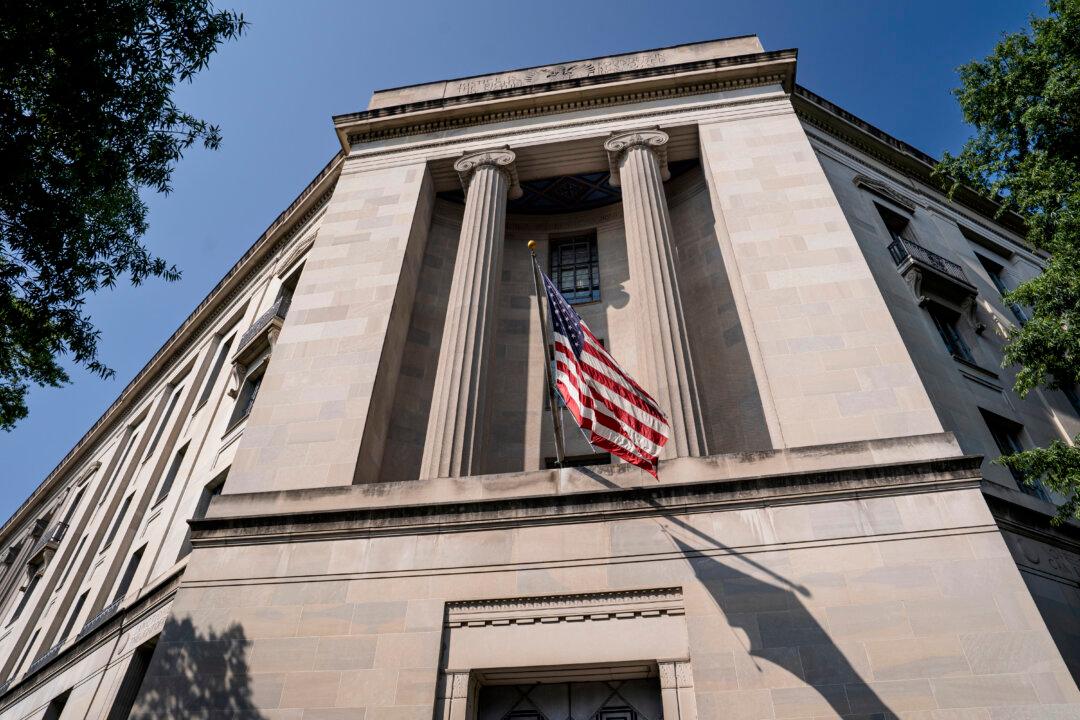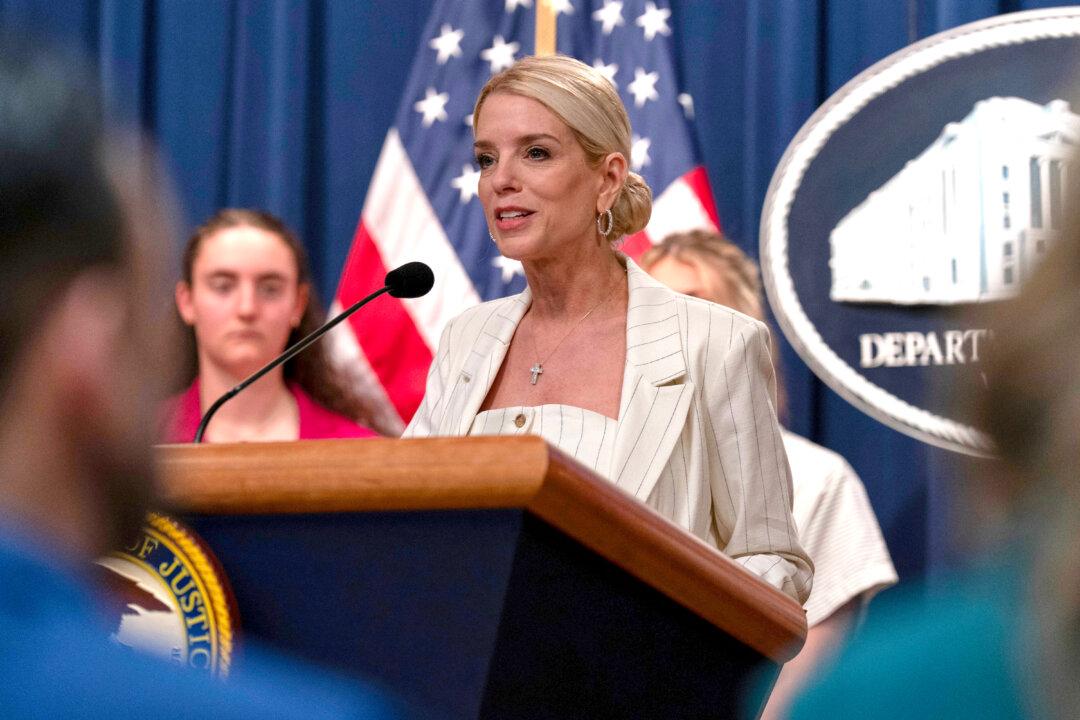Treasury Secretary Janet Yellen on Monday announced a series of so-called “extraordinary measures” the department is taking to give the federal government more room to spend under a reimposed debt cap.
The reimposed borrowing limit caps the federal debt at the current level of around $28.5 trillion, restricting the government’s ability to raise additional funds by selling government securities. The reinstated ceiling has forced Yellen, like her predecessors in prior administrations, to resort to emergency measures to allow the Treasury to keep meeting federal debt obligations.
Yellen said in the letter she was suspending investments in the Civil Service Retirement and Disability Fund and the Postal Service Retiree Health Benefits Fund that are not immediately required to pay beneficiaries. She also said the extraordinary measures would involve suspending daily reinvestments in the federal retirement “G-Fund,” with all the emergency measures going into effect Monday.
Federal retirees and employees will not be impacted by the moves and, once the debt ceiling is increased or suspended, all the affected funds will be made whole, Yellen said.
CBO said these actions, combined with the Treasury’s current cash balance of about $450 billion, would allow the government to avoid a payment default into October or November as a partisan fight unfolds over a new suspension or increase in the debt cap.
Renewing her calls for lawmakers to expand the government’s ability to borrow more money, Yellen said in her letter, “I respectfully urge Congress to protect the full faith and credit of the United States by acting as soon as possible.”
Raising the debt ceiling would require buy-in from at least 10 Senate Republicans to overcome the filibuster. Some GOP senators have said it’s unlikely their caucus will back boosting the cap unless some spending reform measures are adopted.
Republicans have been vocal in their opposition to the Biden administration’s big-ticket spending proposals, with President Joe Biden’s full budget proposal for fiscal year 2022 totaling around $6 trillion.
A standoff on raising the debt ceiling in 2011 resulted in the first downgrade on a portion of the federal government’s AAA-bond rating by rating company Standard & Poor’s.





